The extraordinary beauty of the first spring flowers - bulbous irises
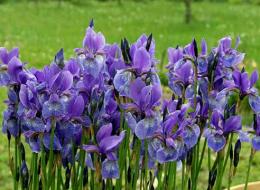
Beautiful, varied in color and size, unusual in shape, perennial flowers are bulbous irises. Which of the simple, ordinary, wildflowers have now become one of the most beloved and popular garden flowers. Irises got their name in honor of the ancient goddess of the rainbow.
Because the word “iris” translated from Greek means the word “rainbow”, and this translation can also mean a flower with a variety of color shades. But even in ancient Rus', irises were affectionately called “killer whales” or “cockerels”. And essential oil was extracted from bulbous irises, which was used not only in cooking, but also for cosmetic purposes.
Content:
Bulbous irises and their types
Today, there are many hundreds of diverse and modern species of irises, but in our climate, 3 main species take root and grow well, which are completely different in their shape and size:
- Iridodictium (iris reticulum or bulbous)
- Juno
- Xyphium or also called English, Spanish or Dutch iris
Iridodictium is perennial with a small bulb in a reticulate shell, with numerous, thread-like roots. The plant is not tall and grows up to 15 cm.
Single flowers have a delicate aroma and have 6 petals: 3 inner and 3 outer petals.Narrow leaves appear along with flowers, and by the end of flowering they grow up to 20 cm. The color of iridodictiums varies from white to purple.
It blooms in early spring immediately after the winter snow melts for 2 - 3 weeks. This type of bulbous irises best tolerates wintering in our area. In one place, bulbous irises iridodictium can grow for more than 5 years.
The species of bulbous irises Juno is considered the rarest plant among bulbous irises. It blooms mainly in the first spring months (April-May). It has a fleshy bulb of 3-5 scales in a smooth shell. The roots are thick, but can easily break off or come off.
The leaves are narrow, long, green in color and reach a length of up to 20 cm. Flowers grow axils of 2 flowers per peduncle. The color is mainly white-yellow or white-lilac. This type of iris loves warm, sunny and bright places, for example, these could be places like Central or Asia Minor, or the warm Caucasus.
Xyphium (English, Spanish or Dutch iris) is the largest of the bulbous irises. The homeland of the bulbous iris xyphium is the Mediterranean mountains. It has an onion similar to Juno’s onion, the same fleshy, in a smooth shell and not fused at the edges. The leaves are narrow and resemble the root system of the bulbous iris itself.
It blooms in the summer months from June to the end of July, the dormant period begins in September. Xyphium roots die off after flowering. The color range of flowers is different and can range from any pale or white color to any shades of blue with yellow speckles, or from yellow to lilac-pink.
Planting flowers
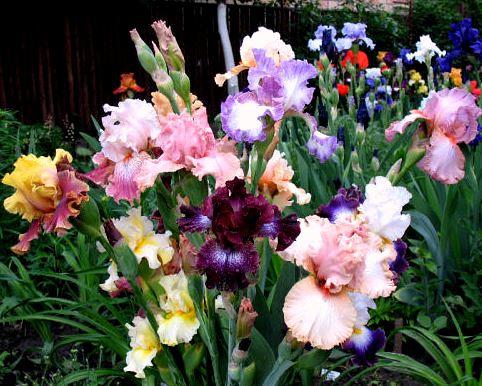
Bulbous irises love sunny, bright and warm places, but they do not like extreme heat at all. Therefore, the first thing you need to do when planting irises in your personal plot or in a simple vegetable garden is to choose the right and convenient place for the unearthly and amazing flowering of bulbous iris flowers.
Any sunny, bright, warm place protected from the wind is suitable for this. Since tall irises in a draft need to be tied up, because they can easily break in a strong gust of wind. This could be a rock garden or any rocky garden, or even a quiet, ordinary, draft-free corner in any well-kept garden or vegetable garden.
The soil needs nutrition, loose, light, well heated, dry, drained. When planting iris bulbs, the most correct depth is 8 cm, and the distance between flowers is approximately 10 cm to 15 cm. Depending on the size of the bulb itself (small or small bulbs can be planted closer, and large ones further away).
Proper planting of irises is the first thing to do so that the bud is level with the ground, and the leaves should stick up. And the root system itself cannot be covered with soil. Before planting, the bulb must be disinfected and old, dried roots must be cut off.
September is the best month for planting bulbous irises in open ground, but it is also possible to plant irises in pots, as if at home, if the bulbs were purchased in the spring. Because back in the old, old times, some types of bulbous irises were grown as indoor plants, and only now in our modern world they began to be used, in the open ground for the beauty of the lawn, garden, vegetable garden, or as individual cut bouquets in a vase.
The most important recommendation for correct and beautiful landing - This is to plant irises in groups in the form of bouquets.
Caring for irises

Like any other sun- and heat-loving plant, bulbous irises require the most tender, attentive and specific care. Therefore, with proper planting, and subsequent proper care, you can expect wonderful and beautiful flowers in any garden or vegetable garden:
- Care is not only in the use of various composts (the use of ordinary manure is prohibited, since bulbous irises, after using it, begin to hurt or may completely dry out). But also in the use of mineral fertilizers and vitamins. Subcortex application with mineral fertilizers is generally carried out 3 times during the period of plant growth. The first feeding is carried out during active growth with the addition of nitrogen, the second - at the stage when buds are formed (nitrogen, potassium, phosphorus), and the final or last third feeding, 3 weeks after flowering (potassium, phosphorus). It does not contain nitrogen, since there is no longer a need for plant growth. It is also good to sprinkle the beds with irises monthly with simple wood ash. Water in the evening, carefully so that water does not get on the flowers.
- Spray in a timely manner against various pests (from mole crickets, from root mites, from purple caterpillars, from naked slugs), at least once a week. Monitor the plant so that it does not get sick and there is no rot on the roots. If rot does appear, it urgently needs to be removed, and the root itself should be treated with a special solution (0.2% solution of potassium permanganate). Then dry the roots well in the sun and discard the soil. After rehabilitation, such irises bloom beautifully in the future, just like ordinary healthy flowers.
Further, when caring, you need not only to properly plant and grow bulbous irises, you need to properly preserve the iris bulb during the frosty and cold winters in our middle zone.
Depending on the location of the bulbous irises, gardeners and breeders have established how to correctly select and adjust the methods of covering the plant. Therefore, it can be assumed that the successful and comfortable wintering of bulbous irises is directly related to their subsequent growth and flowering.
In the middle zone, bulbous irises overwinter under a warm shelter of peat or spruce branches, as well as any dry leaves. When spring comes, this shelter is removed so that the roots of the irises warm up faster. If it happens that in winter the roots do freeze (at the point of freezing, the roots become like porridge), the wound must be cleaned to hard, healthy tissue, and the place itself is treated with ordinary brilliant green or potassium permanganate.
The most advantageous way to plant irises in the ground is to overwinter in the cold. Currently, some types of bulbous irises must be dug up after flowering, then warmed up and dried thoroughly in the sun, while trying to keep the roots of the plant intact and unharmed.
But still, if a gardener decides to buy bulbous irises in a flower shop, you cannot be 100% sure that the plant’s life cycle is not disrupted and that the temperature regime is maintained in winter dormancy (from +40C to +60C).
Therefore, it is recommended to keep purchased bulbs in the cold or in the refrigerator at resting temperature. And only by observing proper and faithful care can you count on an amazingly beautiful and timely rise of garden irises.And if you follow all the rules and regulations for planting, as well as caring for bulbous irises, the plant will reward you with beautiful and long flowering.
Wonderful and amazingly beautiful first spring flowers - bulbous irises. With a rich palette of various shades and colors, with the first spring mood. They are like the first snowdrops, like the first and extraordinary spring flowers, after a long and cold winter they instill in people: joy, happiness, luck, hope.
Therefore, bulbous iris flowers, like simple, ordinary people, will always be healthy if they feel excellent care and love surrounding them.
Master class on growing irises on video:
Interesting information about the vegetable garden

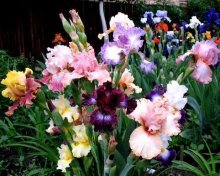
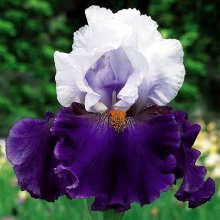

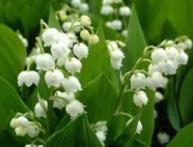
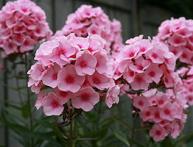


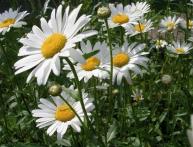
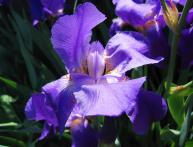
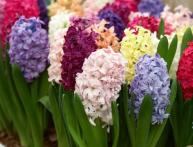
Comments
In our town for several years now, irises have been planted literally everywhere in the spring. Such beauty occurs when they bloom! The heart rejoices looking at these flowers.